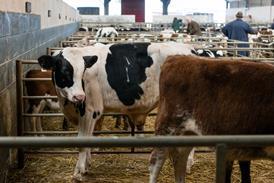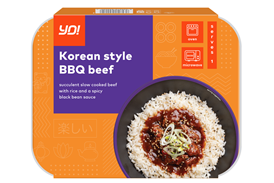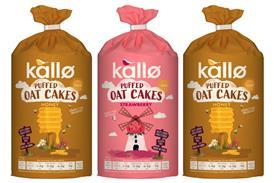hough some brands had come and gone by the 1880s, in terms of the brands we buy today the 1860s and 1870s were largely empty space, punctuated by the occasional star.
The 1880s, in contrast, were a nebula - a nursery of modern brands. Their names read like a roll call of a supermarket inventory: Fox’s Mints (1880), Maynards (1880), Duerr’s preserves (1881), Farley’s rusks (1881), Brains beer (1882), Cow & Gate (1882), Jacob’s cream crackers (1885), Lyle’s Golden Syrup (1885), Tennent’s bitter (1885), Bovril (1886), Knorr (1886), Taylors of Harrogate (1886), Whittard of Chelsea (1886), Yorkshire Tea (1886), Harvey’s Bristol Cream (1886), Glenfiddich (1886), Bulmers (1887), John West (1888), Woodbine (1888), Richmond Sausages (1889).
One of the critical factors in the development of brands was the growing wealth of the nation. Britain was continuing to develop and defend its empire. In December 1880, the Boers declared independence in Transvaal - and the First Boer War began. Egypt became a British protectorate in 1882. In 1884-5, the Berlin Conference formalised Britain’s claim to parts of Africa, which was divvied up between several European nations. The third Burmese war began in October 1885 - and Zululand became a British colony in June 1887.
London was the world’s financial capital, with Britain benefiting from exporting capital to less developed countries and from trade both within its empire and outside it - for instance, with Latin America. In the last quarter of the 19th century, Britain shipped as much by sea as every other nation combined. The establishment of the London Chamber of Commerce in 1882 reflected the existence of a substantial trading community, and the launch of the Financial Times (then named the London Financial Guide) in 1888 also testified to the nation’s growing wealth.
Britain was richer - and, crucially, its social structure was changing. The burgeoning middle class, growing rapidly from the 1850s, had led to a rise in the 1870s of small shops, including many grocers. The new class of society had money to spend, and branding became an increasingly important part of merchandising - a way of securing not only consumer spend, but repeat custom.
History of Brands
- 1
- 2
- 3
- 4Currently reading
History of brands: the 1880s
- 5
- 6
- 7
- 8
- 9
- 10
- 11
- 12
- 13
- 14
- 15














No comments yet